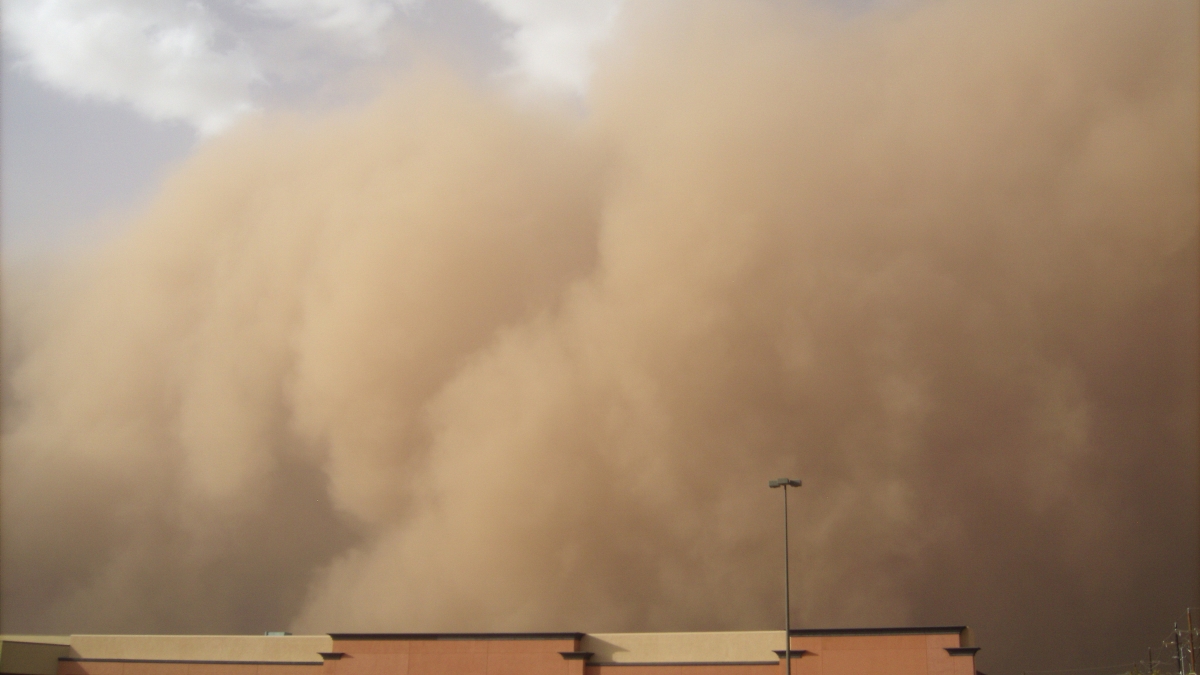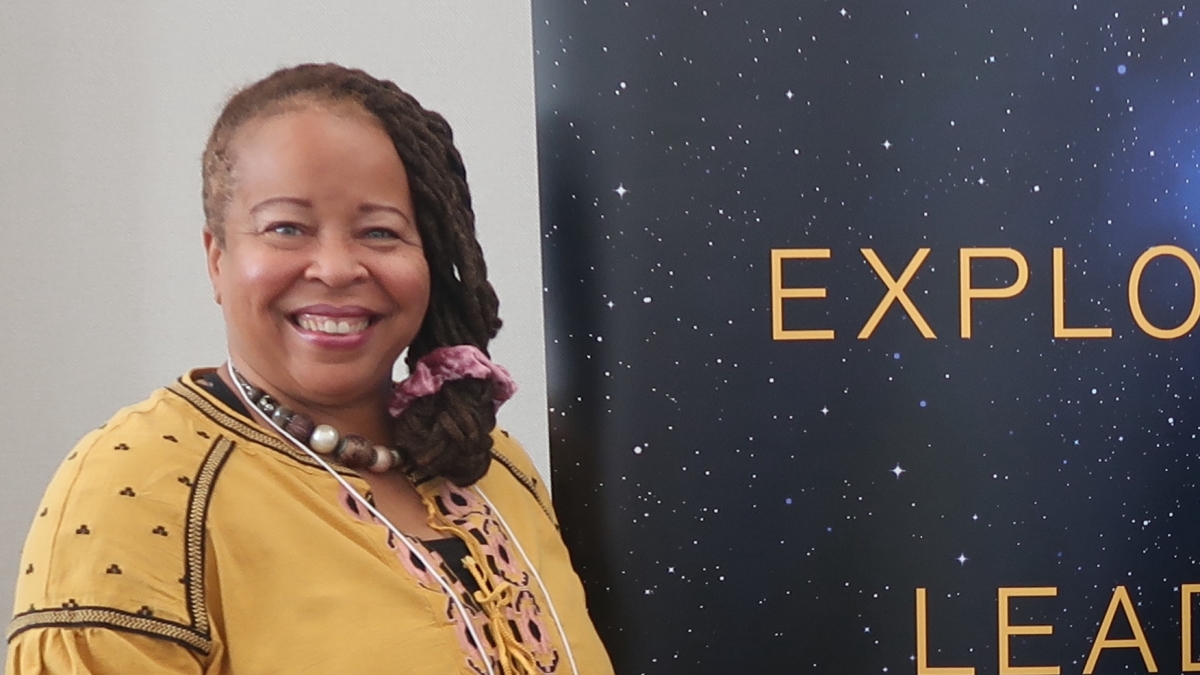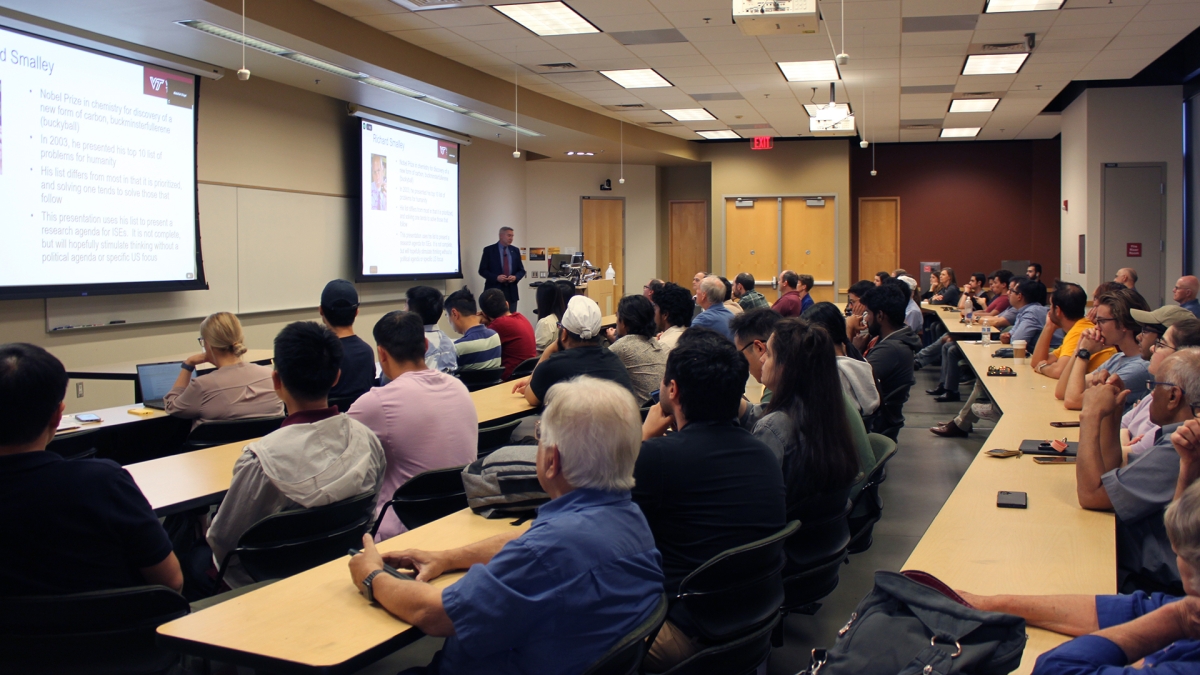HEAT 101: An ASU primer for summer in the desert
Weather wonk Randy Cerveny talks haboobs, monsoons and the two ingredients needed for storms during the summer

The Arizona monsoon technically starts June 15 each year, but every desert dweller knows that it's July when the fireworks usually get going — and we're not talking the Uncle Sam variety.
Monsoon rains, dusty haboobs and sunsets spectacularly punctuated by lightning: These are the moments that break up the monotony of months of 105-plus temperatures and send reporters dashing to the nearest intersection with puddles.
We love to watch the weather, tweet about it and share the latest photos of it, but how much do we really understand what's happening? To broaden our haboob-dotted horizons, we turned to Randy Cerveny, President's Professor in the School of Geological Sciences and Urban Planning. He's one of Arizona State University's weather experts, serving as rapporteur on extreme records for the United Nations/World Meteorological Organization, for which he researches and verifies global weather records.
Here, he walks us through four aspects of desert summers.
How do those marching armies of dust happen?
No rain downtown? Here's why
Are you using 'monsoon' correctly?
Recipe for a storm
Top image: A haboob rolls through Casa Grande, Arizona. Photo by Roxy Lopez [CC BY-SA 3.0 (https://creativecommons.org/licenses/by-sa/3.0) or GFDL (http://www.gnu.org/copyleft/fdl.html)], from Wikimedia Commons
More Science and technology

Associate professor shares her journey from NASA to ASU
From leading space missions to designing and building spaceflight hardware and training students in space science and engineering, Arizona State University is proving that space is more than a…

Famed systems engineer inspires ASU to tackle global problems
“Providing great talent with great opportunity can make a great difference.” Such was a key part of the message delivered by G. Don Taylor, executive vice provost and the Charles O. Gordon Professor…

The science behind chronic stress
Stress comes in many shapes and sizes. There’s the everyday stress of preparing for a final exam or being stuck in traffic. And the more significant stress of losing a friend, family member,…